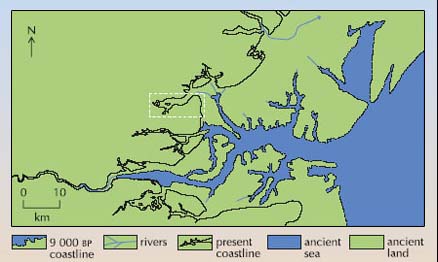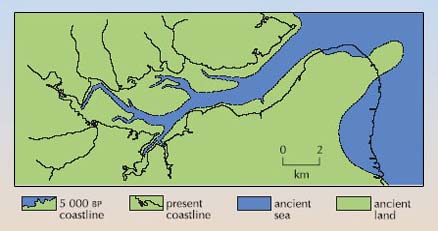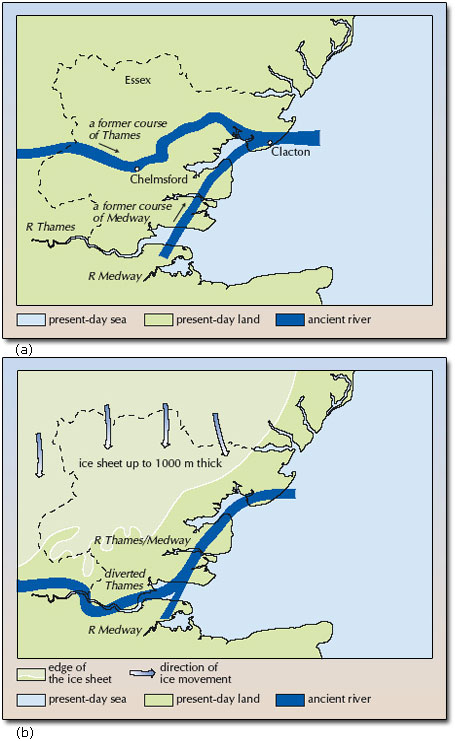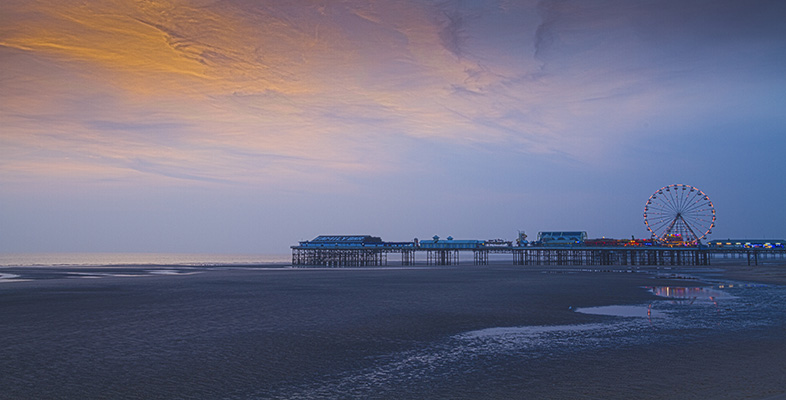1.2 A balancing act: conservation and sustainable development
All around this coast are examples of efortsf to protect or enhance the environment. There are nature reserves, country parks and protected habitats, and the whole coastal fringe is designated as an area of scientific interest requiring special protection. There is also evidence of the need to manage the environment to ensure, so far as possible, compatibility between competing interests. Built development is prevented along the shoreline and restricted to existing settlements; caravan parks are carefully sited; and on the water the mooring and speed of boats are regulated. The environment of the estuary is the subject of regulation by agencies, planning by local authorities, and management by partnership and voluntary schemes. Its specific environmental qualities, such as its habitats and bird life, are defended by national and local environmental pressure groups and sometimes protected by legislation. From time to time, when a particular threat is perceived, local action groups may organize protests (such as those over plans for a nuclear waste site at Bradwell during the 1980s). The point we are making here is that environments evoke responses in the form of human action that is aimed at preventing, mitigating or managing change and conflict. In turn, environments respond to human action and this may lead to an alteration in human responses, and so on in a continuing mutual adaptation of human and natural processes.
Click here [Tip: hold Ctrl and click a link to open it in a new tab. (Hide tip)] to view: Conservation in the Blackwater estuary, adapted from the Blackwater Estuary Management Plan.
This notion of responses is the third theme for this course. Response also suggests the idea of responsibility, not only for the present but for the future also. This is the kernel of the idea of sustainable development, endorsed at the United Nations Earth Summit at Rio in 1992 and which has since become a philosophical basis of much environmental policy making. In its most famous formulation sustainable development has been defined as development that 'meets the needs of the present without compromising the ability of future generations to meet their own needs’ (World Commission, 1987, p.43). This definition combines the requirement of sustainability of the environment with th need for development, thus satisfying both ‘the basic needs of all and extending to all the opportunity to satisfy their aspirations for a better life’ (World Commission, 1987, p.44). Here, there is a recognition that environmental change both now and in the future will have different impacts on people and places and non-humans and habitats, reflecting their relative vulnerability. For example, people in comparatively affluent areas are better able to defend themselves (at least for a while) against rises in sea level than people in poorer low-lying areas (such as parts of Bangladesh) whose very survival may be threatened.
Sustainable development has been adopted as a fundamental principle of environmental policy making at all levels. For example, the idea has been translated (in the Blackwater Estuary Management Plan) into the specific context of the Blackwater estuary in the following terms:
To promote the sustainable use of the estuary so that it can yield the greatest benefit to the present population whilst maintaining the potential for the estuary to meet the needs and aspirations of future generations, in a manner compatible with the maintenance of the natural properties of the estuary and its value for wildlife.
(Maldon D.C. and Colchester B.C., 1996, p.8)
The marshlands and the animal and plant life they support are especially vulnerable to changes in climate and sea level, making sustainable development hard to achieve. The aspiration of sustainable development in other contexts is difficult to translate into specific forms of action. We introduce it here to note the point that environmental responses combine both a reaction to contemporary problems and needs, and a conception of the kind of environment that should be bequeathed to the future.



Activity 1
Consider the human use of the environment and the idea of contest between uses and ways of valuing the environment.
The Blackwater estuary is a dynamic environment. It is managed and has changed over time.
Click on the link below to watch the following video clip that outlines the human use of the environment and presents the idea of the contest between uses and ways of valuing that environment.
Whose interests are the most important in managing this coastal environment: migrating birds, farmers or fishermen?
